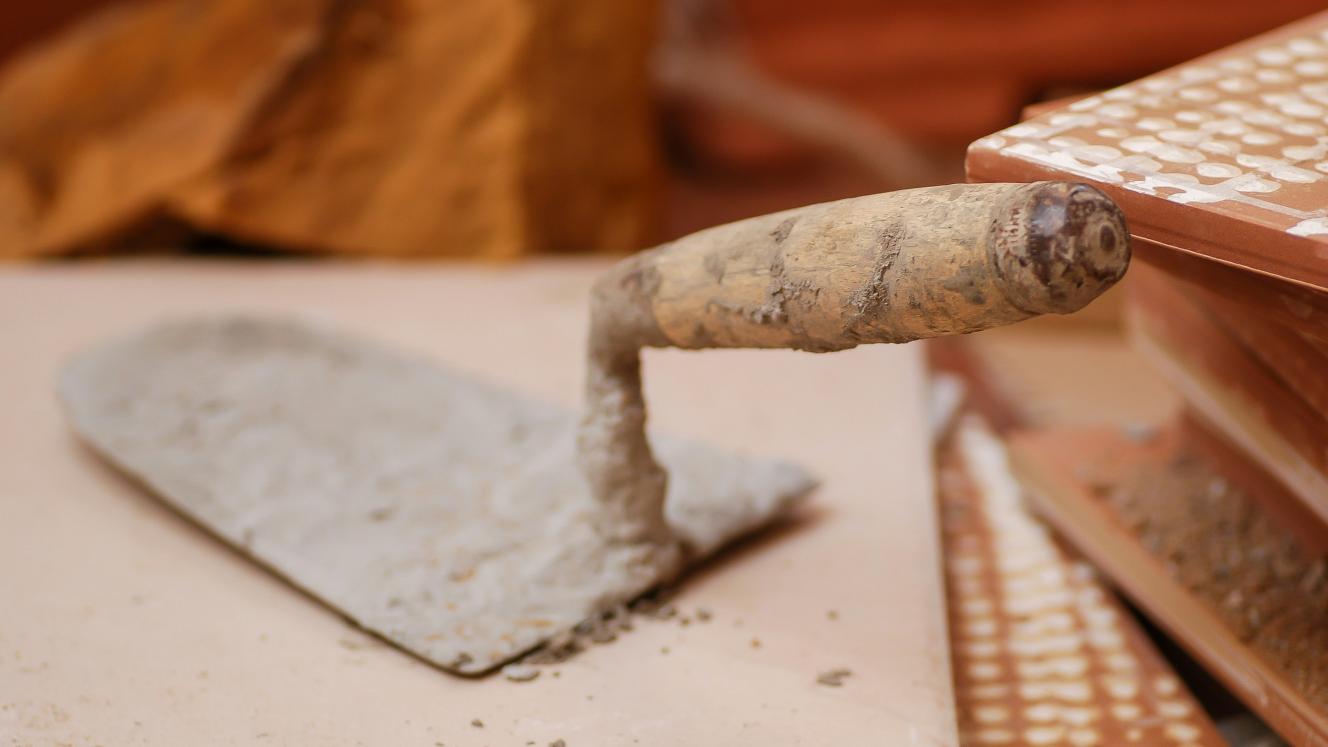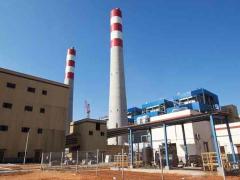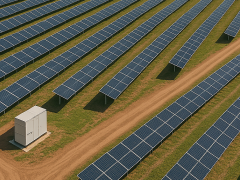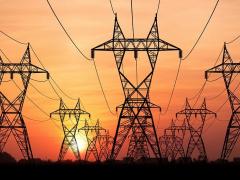Scientists in France have discovered a way to assist with the decarbonisation of the cement manufacturing industry and mitigate the energy-intensive aspects of cement production.
According to research institute École Polytechnique, carbon is released during the manufacture of clinker, which is cement’s active ingredient. Around 10 billion tons of cement is produced globally every year, which means cement manufacturing is a major challenge in the energy transition.
Researchers are creating detailed characterisations of materials likely to replace clinker. The process involves recycled glass, which has disordered atoms with precise and repetitive arrangements. The more depolymerised the glass network, the more reactive it will be and, therefore, more likely to replace clinker.
Two thirds of emissions from the clinker manufacturing process come from the decarbonation of limestone into lime and carbon. The remaining third comes from the energy used to heat the kiln.
To date, a proportion of clinker has been replaced in common cements by substitute materials. These are natural materials and finely ground vitreous or vitro-crystalline industrial by-products from blast furnaces or thermal power plants.
Upstream of the process
From industrial waste to volcanic ash, the scientists analysed a representative panel of clinker replacement candidates supplied by cement manufacturers. By sifting through these samples using spectroscopy and X-ray diffraction, they were able to characterise and classify them. They then cross-referenced the results and developed a reading grid that can be used by cement manufacturers. The grid informs manufacturers about the degree of polymerisation of the glassy structures contained in 13 specimens the researchers created, the reactivity of each and their potential to replace clinker.
The detailed characterisation of these materials enables chemists to design activators capable of depolymerising the most stable glasses and thus broaden the range of possible alternatives to clinker, École Polytechnique states.
Nuclear power containment
In addition to reducing greenhouse gas emissions, the scientists provide essential knowledge for a national research project conducted in partnership with CEA-DES.
Researchers are contributing to the study of cements used in deep geological repositories of radioactive waste and in nuclear power plant containment systems.
The characterisation of a material’s constituents provides information on its resistance to radiation (gamma and electron) and to its environment, École Polytechnique points out. “Needless to say, this work raises a number of safety issues.”













